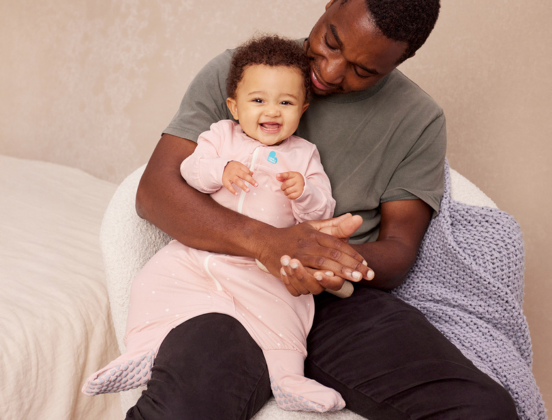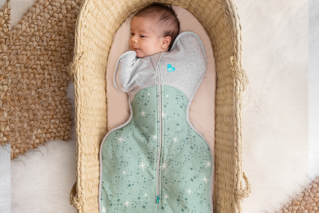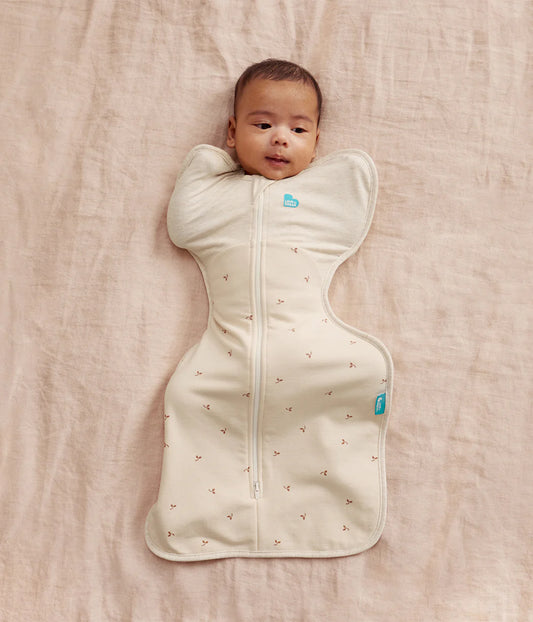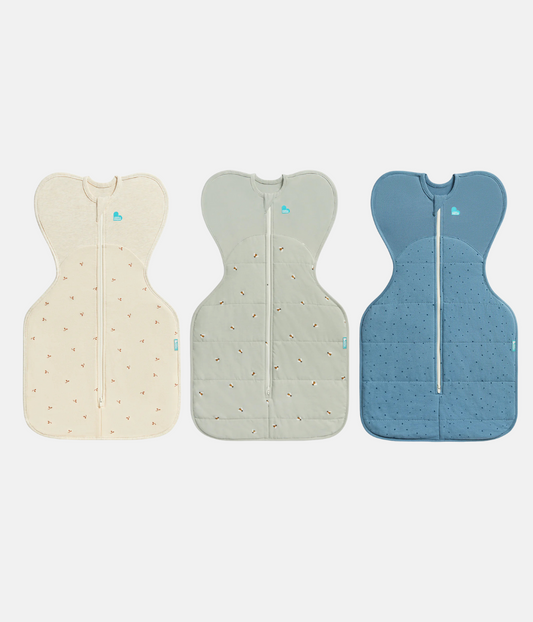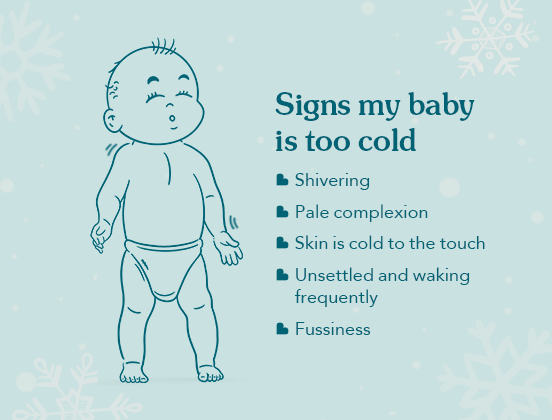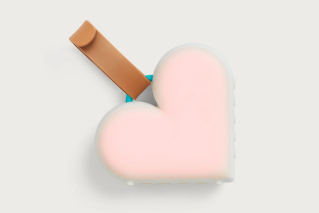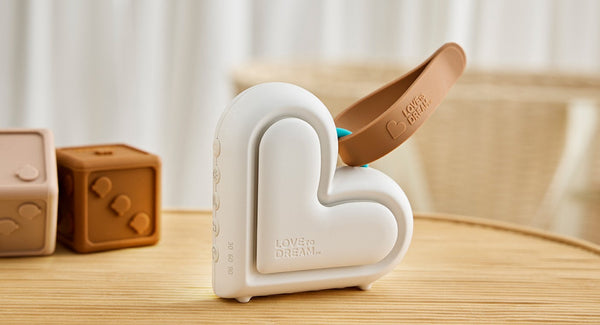What are appropriate fall clothes for babies to sleep in?
When it comes to dressing your baby for sleep in fall, lightweight layers are a great option. As the temperature during this season can fluctuate, layering gives you the freedom of adding or removing clothing if your baby is becoming too warm or too cold. Whether you choose a romper underneath a swaddle, or sleeping bag with a bodysuit and leggings, if you have a selection of the below items in your baby’s wardrobe, there will be a combination to suit each temperature change. Consider the following when dressing your baby for unpredictable temperatures:
Sleep Sacks
Sleep sacks or sleeping bags are a fantastic option when dressing your baby for bed in fall. Sleep sacks are designed for a wide range of temperatures and climates, and can help your baby maintain a consistent comfort temperature overnight. Because sleep sacks are fixed in place, there’s no need for you to worry about your baby becoming cold overnight or the sleeping bag coming loose. Choose a well-fitting sleeping bag with an appropriate TOG rating, to ensure your baby maintains a comfortable temperature during the night.
Sleep sacks are also a far safer option than using loose blankets in the crib and are often designed with safety features such as fitted armholes or sleeves, to help keep the sleeping bag in place, and zipper houses to prevent the potential scratching of delicate skin.
Swaddles
Swaddles are ideal for fall sleepwear. They not only offer a range of benefits including helping your infant feel secure, they are lightweight, breathable and easy to layer. Ensure your swaddle is made from a breathable fabric or muslin, and is an appropriate Thermal Overall Grade (TOG) for the temperature of the room your baby is sleeping in.
A lightweight bodysuit or romper may be all that is required underneath a swaddle for sleep during the fall months. For other ideas and suggestions for what your baby can wear under a swaddle, check our TOG rating guide for a variety of helpful layering combinations suitable for a range of temperatures.
Long Sleeve Tops
When overnight temperatures start to become cooler, long sleeve tops can be worn as sleepwear simply with a nappy/diaper, or with leggings. The advantage of long sleeve tops is that they provide a lightweight layer of additional upper body warmth, and fit nicely underneath a sleep sack or swaddle, while allowing air to move around the body freely. Long sleeve tops also allow for easy changing.
Breathable Socks
If your baby wears socks to bed or their romper comes with a sock option, ensure that the socks are made from lightweight cotton or a breathable fabric to help prevent your baby from overheating.
Bodysuits and rompers
Having a selection of bodysuits and/or rompers on-hand can set you up for success in temperature fluctuations, providing you with a range of options for sleep during transitional seasons, such as fall. Whether it’s a full-length romper, long-sleeve bodysuit or a short-sleeve onesie layered with leggings, these designs have been tried, tested and perfected to make life as comfortable as possible for baby, and as easy as possible for parents and caregivers.
Due to their fitted nature, bodysuits and rompers are perfect for infants and ideal for safe sleeping practices, as they are made to stay in place on even the wriggliest of residents. Often designed with snap crotches and envelope necklines to help with nappy changes, there are plenty of good reasons why these pieces are on everyone’s baby wish list.


